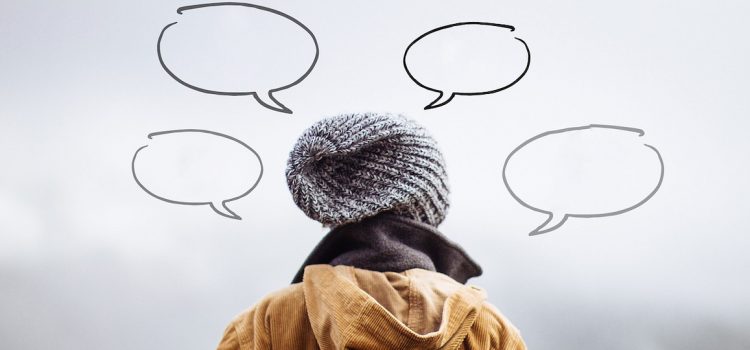How can we understand body language across cultures? Can you make sure that your use of body language is culturally sensitive? Body language customs are different across cultures, especially in reference to levels of appropriate eye contact and the use of hand gestures. By understanding these differences, you can become more aware of how you’re coming across to others. Read more about the differences between body language cues across cultures.
Body Language Across Cultures: How Does It Differ?










